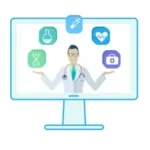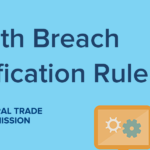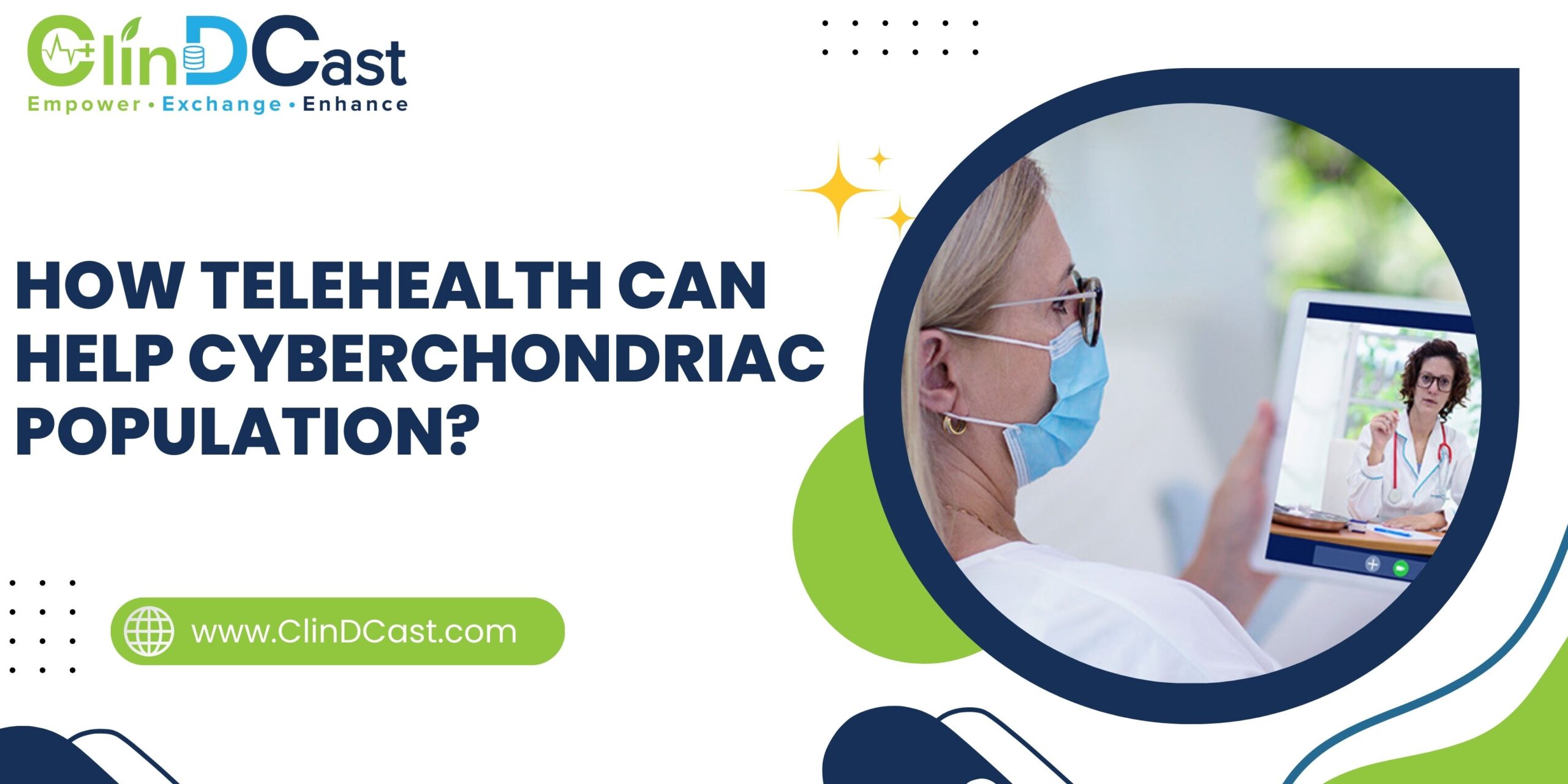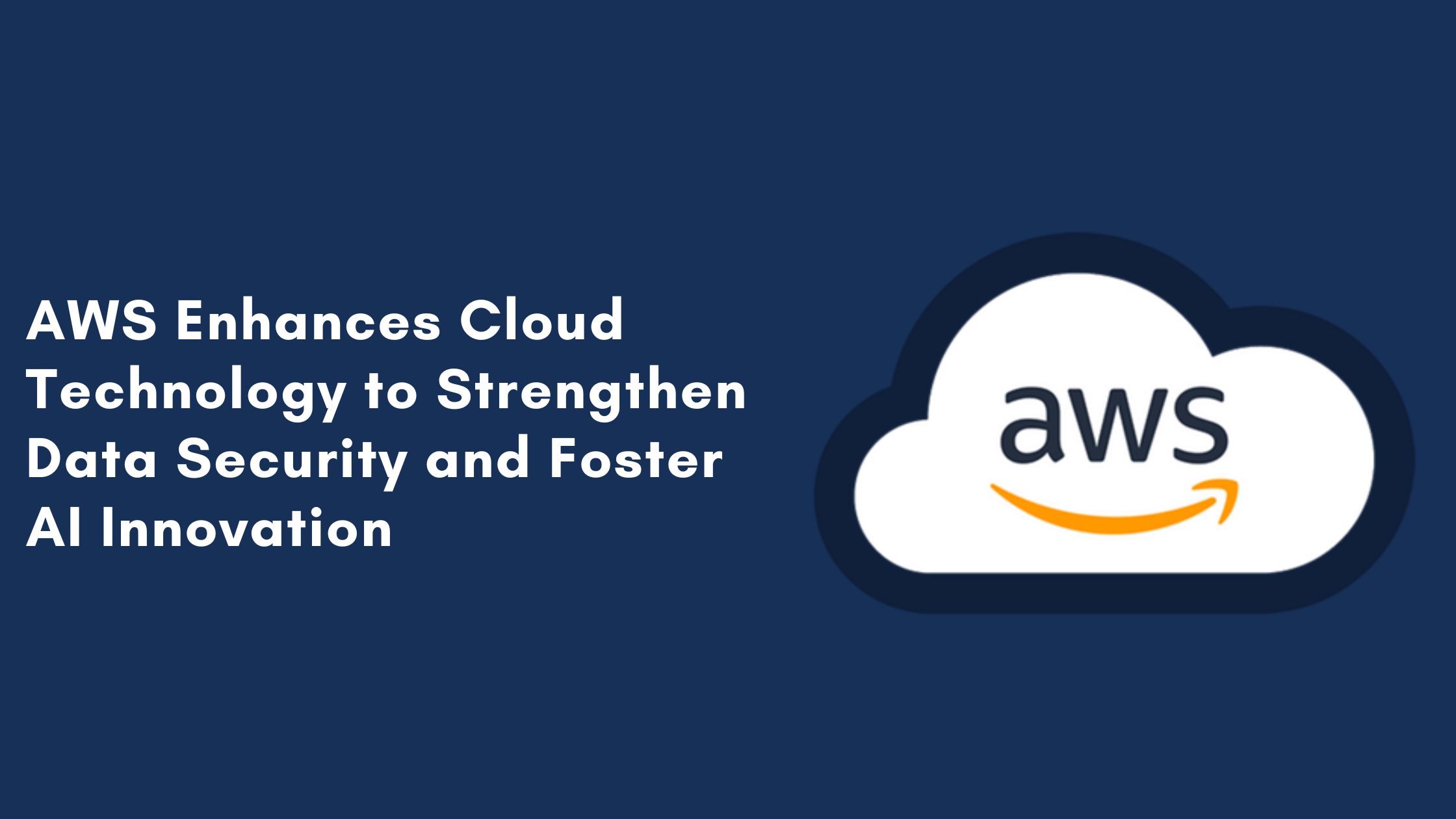
The healthcare sector has been more susceptible to cyberattacks in recent years, with ransomware emerging as a particularly dangerous menace. Healthcare organizations are at great risk of financial ruin, compromised patient care, and compromised sensitive data due to ransomware attacks. Healthcare providers need to be proactive in strengthening their cybersecurity posture and getting ready for future ransomware attacks to reduce these risks. To assist healthcare businesses in strengthening their defenses and efficiently responding to ransomware threats, this article will examine Steps to Prepare for a Ransomware Attack in Healthcare Organization.
What is ransomware, and how does it affect healthcare organizations?
Ransomware is a type of malicious software designed to encrypt files or block access to computer systems until a ransom is paid to the attacker. Ransomware attacks have the potential to do catastrophic damage to healthcare institutions by impairing patient care, violating personal data privacy, and interrupting vital medical services.
Healthcare institutions are very vulnerable to cybercriminals looking to steal money or spread havoc since they primarily rely on digital technology to handle patient records, medical equipment, and administrative tasks. The healthcare industry desperately needs strong cybersecurity safeguards since losing access to patient data or vital systems can cause delays in medical care, operational problems, and financial losses.
What are the common methods used by cybercriminals to deploy ransomware in healthcare settings?
Cybercriminals use phishing emails, software vulnerabilities, and compromised remote desktop protocols (RDP) to infect healthcare environments with ransomware. Healthcare workers are tricked by phishing emails into opening contaminated attachments or clicking on dangerous links. Attackers use weak passwords or unpatched software to enter hospital networks. Websites about healthcare are also vulnerable to malware. Securing healthcare firms from ransomware threats requires strong cybersecurity protocols, employee education, and frequent software upgrades.
Essential Steps to Prepare for a Ransomware Attack in Healthcare Organization
- Risk Assessment and Vulnerability Management: To find possible weaknesses in your IT infrastructure, including network devices, legacy systems, and third-party applications, do thorough risk assessments. Update and patch all software regularly to fix known vulnerabilities and reduce the chance that hackers will take advantage of them.
- Employee Training and Awareness: One of the biggest reasons for cybersecurity vulnerabilities is still human mistakes. Inform staff members on typical phishing schemes, social engineering methods, and other cybersecurity dangers. Establish continuous training initiatives to guarantee employees stay alert and aware of new dangers.
- Access Controls and Data Encryption: Establish strong access restrictions to prevent unwanted access to private patient information. Protect data while it’s in transit and at rest by using encryption technologies, which will lessen the chance of data breaches in the event of a ransomware attack.
- Incident Response Planning: Create a thorough incident response strategy that specifies what should be done in the case of a ransomware attack, and test it frequently. Assign crucial staff members defined tasks and duties, create communication guidelines, and guarantee that essential resources—like backup systems and cybersecurity specialists—are accessible.
- Backup and Recovery Procedures: Keep frequent backups of important information and systems to help with recovery in case of a ransomware attack. To keep backups safe from cybercriminals, store them offline or in a different, secure location. To enable quick restoration of critical services and confirm data integrity, backup mechanisms should be tested often.
- Network Segmentation and Redundancy: Divide networks into segments to reduce the impact on important systems and prevent ransomware infestations from spreading laterally. Use failover and redundant systems to keep running critical services in the event of a ransomware attack. This will minimize downtime and lessen the impact on patient care.
- Collaboration and Information Sharing: Engage in information-sharing programs and work together to share threat intelligence and best practices with other healthcare institutions, cybersecurity experts, and governmental groups. Healthcare providers can improve their collective cybersecurity resilience and response capabilities by exchanging insights and lessons learned.
- Continuous Monitoring and Threat Detection: Use cutting-edge cybersecurity tools and technology to track network activity, spot unusual activity, and spot possible compromise indications. To improve threat detection and response capabilities, put in place reliable endpoint security solutions, intrusion detection systems, and security information and event management (SIEM) platforms.
- Regulatory Compliance and Reporting: Uphold adherence to industry-specific cybersecurity standards and guidelines as well as pertinent legislative requirements, such as the Health Insurance Portability and Accountability Act (HIPAA) in the United States. As required by law, immediately report cybersecurity occurrences to law enforcement and regulatory bodies.
- Cyber Insurance Coverage: If you want to mitigate the financial damage caused by a ransomware attack and help pay for data recovery, legal fees, and any fines from the government, think about getting cyber insurance. Take time to carefully read insurance policies to learn about coverage limitations, exclusions, and how to submit claims.
How can healthcare organizations recover from a ransomware attack?
A multifaceted strategy is needed to recover from a ransomware assault in a healthcare business. To stop the ransomware from spreading further, isolate the impacted systems first. Next, start the restoration procedure with offline or secure environment backups of important systems and data. Hire cybersecurity professionals to help with malware eradication and decryption.
Rebuild the affected infrastructure at the same time as you make sure more security is in place. Lastly, gradually return to regular operations while giving patient care and data integrity top priority. Additionally, perform post-incident analysis to fortify future defenses against similar threats.
What are the potential consequences of a ransomware attack on patient care and data security?
Patient care and data security could be impacted significantly from a ransomware attack on a healthcare organization. Access to vital medical records and systems may be compromised, which could interrupt patient care and result in missed appointments, delayed treatments, and difficulties providing timely healthcare.
Moreover, the security of patient data is compromised when private medical records are exposed to theft or other unauthorized access, posing a risk of privacy violations and noncompliance with regulations. Healthcare businesses must prioritize strong cybersecurity measures to protect patient care and data security since the confidentiality and integrity of patient data are critical to preserving patient-provider trust.
Conclusion
The healthcare sector is particularly vulnerable to ransomware attacks, but by putting proactive cybersecurity measures in place and taking a holistic approach to risk management, healthcare companies may become more resilient and prepared. To effectively protect patient data, secure vital systems, and ensure continuity of service in the face of emerging cybersecurity threats, healthcare organizations should prioritize personnel training, access controls, incident response planning, and coordination with industry partners.






















